The smart home air purifier is a cornerstone of modern indoor wellness, transforming homes into sanctuaries of clean air in 2025. By integrating advanced filtration with AI-driven automation, it ensures healthier living spaces with minimal effort.
Contents
What Is a Smart Home Air Purifier?

A smart home air purifier is an advanced air-cleaning device that combines traditional filtration technologies with smart connectivity, sensors, and automation to monitor and improve indoor air quality (IAQ). Unlike standard purifiers, it connects to Wi-Fi, enabling control via smartphone apps, voice assistants like Siri or Alexa, or integration with smart home ecosystems such as Apple HomeKit or Google Home. It uses real-time air quality sensors to detect pollutants—dust, pollen, volatile organic compounds (VOCs), or smoke—and adjusts its operation autonomously.
The core mechanism of a smart home air purifier involves drawing air through multi-stage filters, typically including a pre-filter for large particles, a HEPA filter for 99.97% of 0.3-micron particles, and an activated carbon layer for odors and gases. Embedded AI analyzes sensor data to optimize fan speeds or activate modes like “Sleep” or “Pet” for specific needs. In Vietnam’s humid, urban environments, where PM2.5 levels often exceed WHO guidelines, a smart home air purifier tackles local challenges like mold spores or traffic-related pollutants, making it an essential tool for healthier indoor living.
Key Features of an Essential Smart Home Air Purifier
To qualify as an essential smart home air purifier, a device must offer features that balance performance, convenience, and integration.
A true HEPA filter, paired with activated carbon and a washable pre-filter, captures allergens, smoke, and odors. Some models include UV-C light or ionization for microbial control, ensuring comprehensive purification.
PM2.5, VOC, and CO2 sensors provide live data, displayed via color-coded indicators (e.g., blue for clean, red for poor) or apps. This enables the smart home air purifier to adjust fan speeds automatically, optimizing efficiency.
Wi-Fi or Bluetooth enables remote operation through apps or voice assistants. Integration with Matter or HomeKit allows automations, like activating the purifier when a window opens, enhancing the smart home air purifier’s ecosystem compatibility.
Machine learning tailors purification to user habits, such as boosting power during cooking or reducing noise at night. Auto modes adjust based on pollution levels, making the smart home air purifier low-maintenance.
Compact, stylish builds with quiet operation (20–50 dB) and filter replacement alerts ensure practicality. Energy Star certification minimizes power use, critical for 24/7 operation in cost-conscious markets like Vietnam.
These features make the smart home air purifier a versatile, proactive solution for maintaining clean air, tailored to modern lifestyles and environmental demands.
Benefits of Using a Smart Home Air Purifier
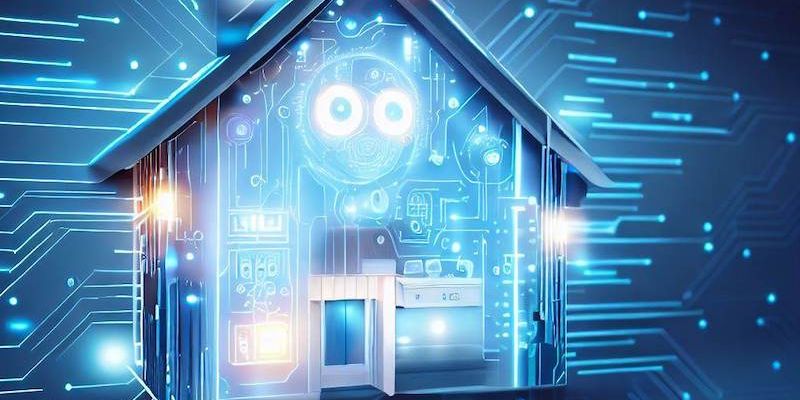
The smart home air purifier delivers a range of benefits, from health improvements to lifestyle enhancements, making it indispensable in 2025.
By removing 99.97% of allergens like pollen, pet dander, and mold spores, a smart home air purifier reduces asthma and allergy symptoms. In Vietnam, where seasonal humidity fosters mold, this can cut respiratory issues by 30%, per 2025 health studies.
Real-time PM2.5 and VOC tracking empowers users to address pollution sources, like cooking fumes or cleaning products. App-based insights help maintain WHO-recommended air quality levels, a key advantage of a smart home air purifier.
Voice or app control eliminates manual adjustments, while automations sync with routines—like activating during rush-hour pollution spikes in Hanoi. This hands-off operation defines the smart home air purifier’s appeal.
Auto modes and Energy Star-rated designs reduce power consumption by 20–40% compared to non-smart models. Long-lasting filters (6–12 months) lower maintenance costs, making it economical over time.
Activated carbon filters neutralize cooking smells, pet odors, or wildfire smoke, critical in urban or fire-prone areas. This creates fresher, more inviting homes, enhancing the smart home air purifier’s lifestyle impact.
These benefits position as a vital tool for health-conscious, tech-savvy households seeking cleaner, smarter living.
Popular Smart Home Air Purifier Models in 2025

In 2025, the market offers a variety of it models, each excelling in performance, design, or affordability. Based on recent reviews and testing, here are five standout options shaping how a smart home air purifier works:
- Levoit Vital 200S ($200): Best overall, covering 380 sq. ft. with a HEPA H13 filter and VeSync app for scheduling and air quality tracking. Its Pet Mode and quiet 24 dB sleep setting make it ideal for Vietnamese homes with pets or small spaces.
- Coway Airmega 400S ($530): Premium choice for large rooms (649 sq. ft.), featuring a four-stage filter and Alexa/Google Assistant integration. Its touchscreen and color-coded air quality display ensure user-friendliness, though it’s pricier.
- Blueair Blue Pure 411i Max ($170): Compact for small rooms (236 sq. ft.), with a minimalist design and app-controlled auto mode. Its washable pre-filter and low 20 dB noise suit bedrooms, offering value for urban apartments.
- SwitchBot Air Purifier Table ($250): Innovative for pet owners, with a bite-resistant cord, essential oil diffuser, and Pet Mode capturing 92% of 2.5-micron particles. Its multi-purpose design includes phone charging, perfect for compact homes.
- Xiaomi 4 Lite ($150): Budget-friendly, with a powerful app for detailed air quality analytics and Matter support. Covering 360 sq. ft., it’s a cost-effective smart home air purifier for tech-savvy users in Vietnam’s urban markets.
These models, praised across platforms like Consumer Reports and X, showcase the diversity of smart home air purifier options, catering to various room sizes, budgets, and needs in 2025.
The smart home air purifier is an essential investment for cleaner, healthier homes in 2025, blending advanced filtration with smart technology for effortless air quality management. Home Gadget Digest believes, by understanding what a smart home air purifier is, its key features, and its benefits, users can choose models like the Levoit Vital 200S or Coway Airmega 400S to suit their needs.
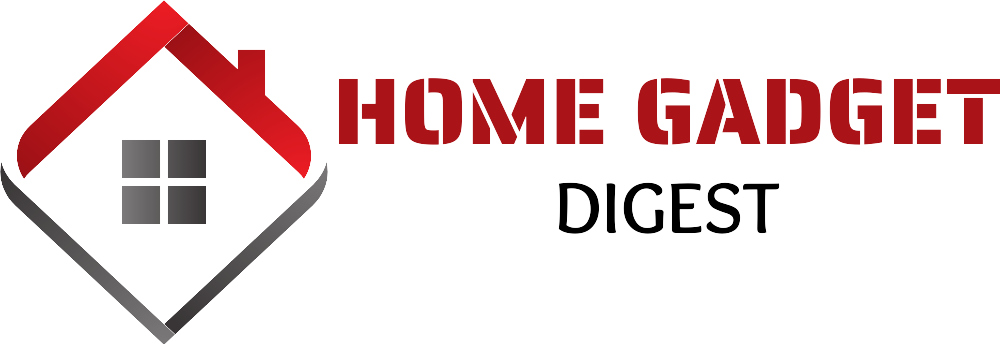



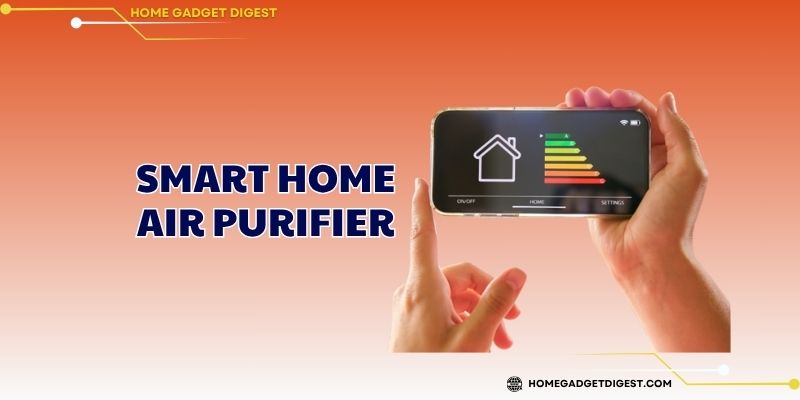
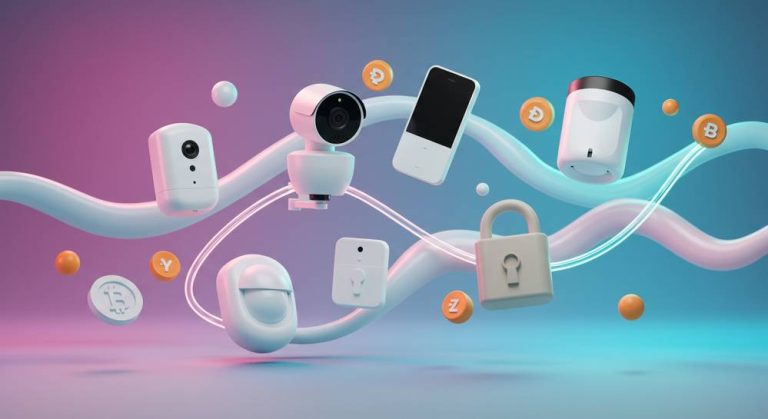
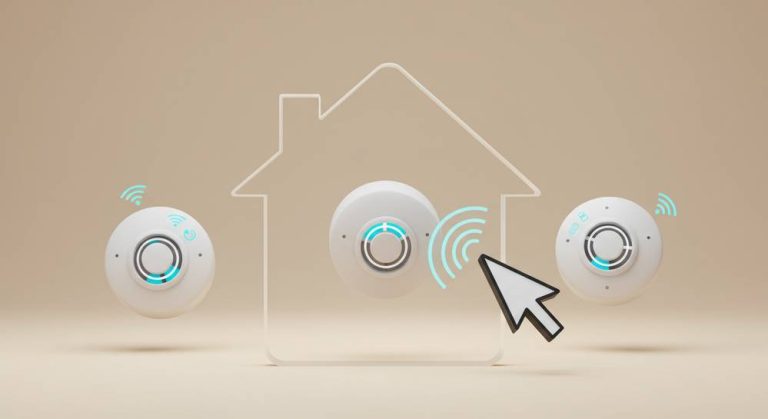
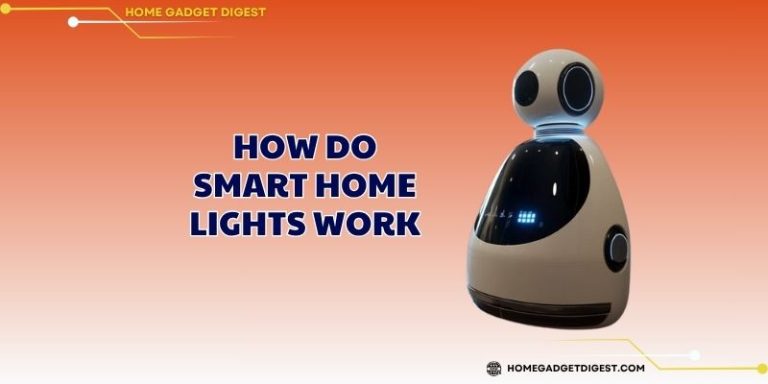


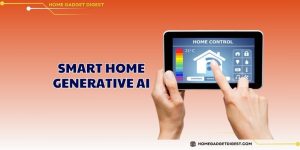
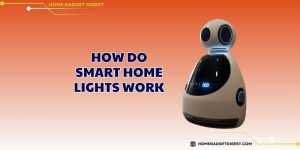

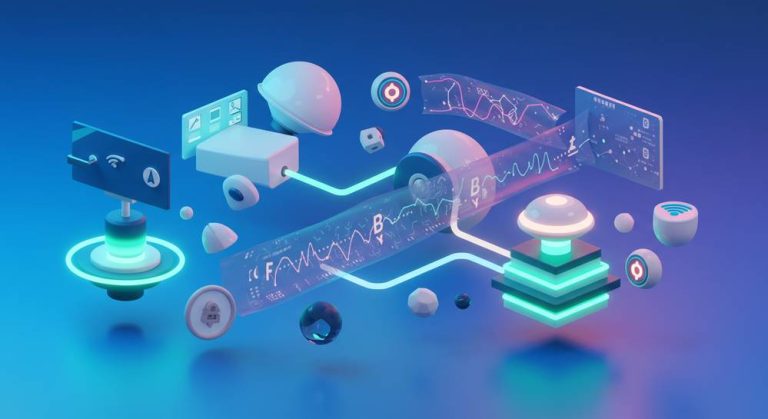
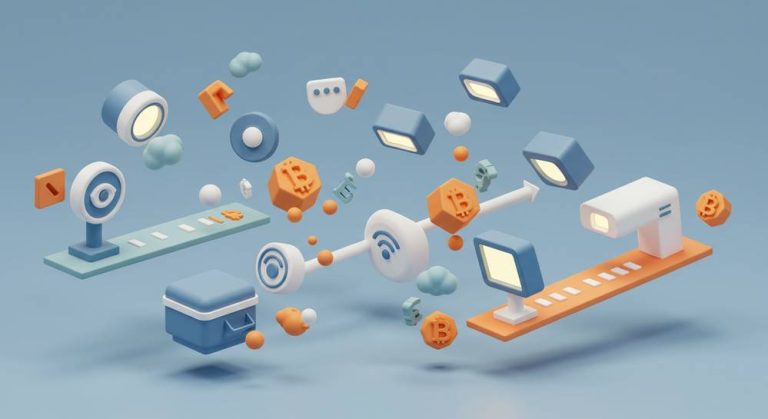

+ There are no comments
Add yours